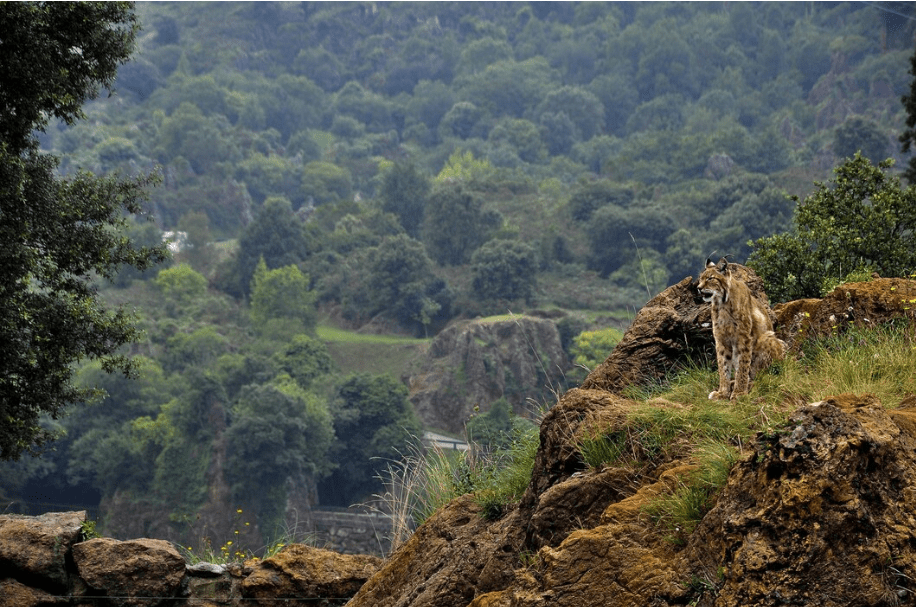Arusha National Park, located in northern Tanzania, is a gem of biodiversity and striking landscapes. Despite its relatively small size of about 552 square kilometers, the park boasts an incredible variety of ecosystems, wildlife, and activities, making it a key stop for visitors exploring the northern safari circuit.
Overview
Key Features of Arusha National Park
1. Ecological Diversity
Arusha National Park encompasses three distinct zones:
Ngurdoto Crater: A lush, forested volcanic caldera often referred to as a “mini Ngorongoro.” It is home to buffalos, warthogs, and various primates.
Momella Lakes: A group of shallow alkaline lakes known for their vivid colors and hosting a wealth of bird species, including flamingos and waterfowl.
Mount Meru: The park includes Mount Meru, an active stratovolcano and the second-highest peak in Tanzania (4,566 meters). It is a popular destination for trekking and offers spectacular views of Mount Kilimanjaro.
2. Wildlife Highlights
Primates: Black-and-white colobus monkeys are a highlight in the park’s dense montane forests. You can also spot blue monkeys and baboons.
Birdlife: With over 400 bird species, including trogons, turacos, flamingos, and herons, the park is a paradise for bird watchers.
Other Mammals: While Arusha National Park doesn’t have large predators like lions, it is home to leopards, giraffes, zebras, buffalos, elephants, and bushbucks.
Nocturnal Species: The forested areas support species like civets and bush babies, often visible during night excursions.
3. Scenic Beauty
Diverse Landscapes: From savanna to rainforest, acacia woodlands, and alpine environments, the park offers stunning contrasts within a compact area.
Waterfalls and Streams: Small waterfalls and rivers crisscross the park, fed by the abundant rainfall.
Momella Lakes: Their alkaline waters reflect Mount Meru and Kilimanjaro on clear days, creating an iconic view.
4. Activities
Trekking and Hiking:
Mount Meru provides a challenging but rewarding trek, often used as an acclimatization climb for those heading to Mount Kilimanjaro.
Canoeing: Available on the tranquil Momella Lakes, allowing a closer look at waterbirds and hippos.
Walking Safaris: Unique to Arusha National Park, guided walking tours offer a chance to explore the forest and plains on foot.
Game Drives: Standard game drives provide excellent opportunities to see the park’s wildlife and diverse ecosystems.
5. Accessibility
The park is located just 25 kilometers from Arusha city and approximately 60 kilometers from Kilimanjaro International Airport, making it one of the most accessible parks in Tanzania.
Best Time to Visit
Dry Season (June to October): Best for wildlife viewing as animals are easier to spot in the savannas.
Wet Season (November to May): The park becomes lush and vibrant, and the Momella Lakes are teeming with migratory birds.
Conservation and Importance
Arusha National Park plays a critical role in conserving Tanzania’s diverse ecosystems, especially the forests of Mount Meru and the Ngurdoto Crater.
The park supports sustainable tourism and community engagement to protect its biodiversity and cultural heritage.
Arusha National Park offers a mix of breathtaking landscapes, rich wildlife, and unique experiences, making it an essential stop for adventurers, trekkers, and nature lovers.





